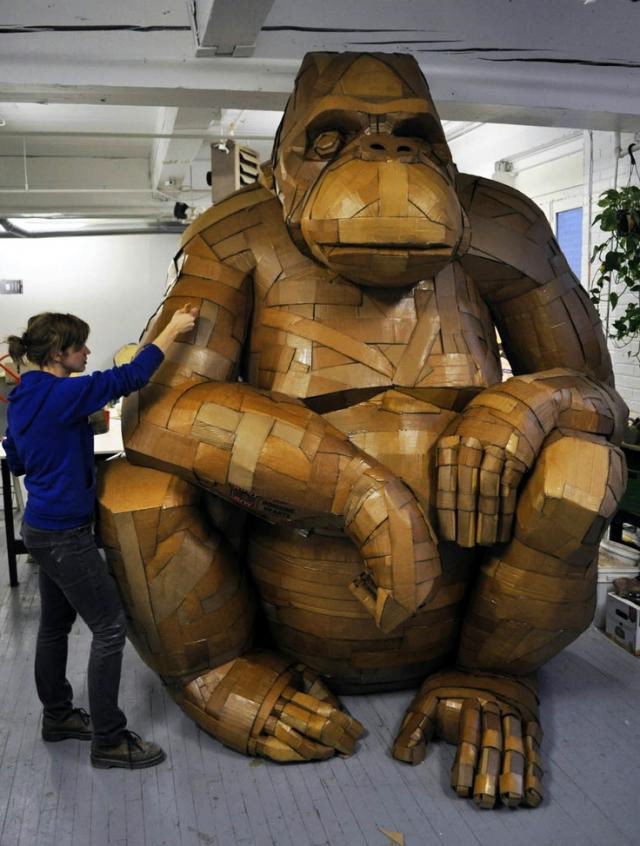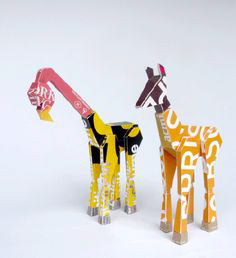This project focuses on experimenting with both different styles of sculpture and themes of your artwork. We will be working with cardboard as our main medium.
You will be able to add color, value, and space through the use of paint, pencils, pens, and/or markers. You will be able to experiment and add or remove texture by manipulating the cardboard (i.e rip away top layers to expose corrugation, poke and fray layers, add layers to make sections smooth, etc.).
The main purpose of this project is to experiment with different styles and themes to identify what types of sculpture you'd like to continue investigating during this course.
This is a 3 part project, you choose from the following options:
1 additive piece
1 subtractive piece
1 piece focusing on texture
1 landscape/architectural
1 portrait (human or animal)
1 abstract piece
1 representational piece
Additive Sculpture
Additive Sculpture is the process of creating a sculpture by adding material or objects to create the work (I know, crazy right?). The terms modeling, assembling, or constructing can be used to describe Additive Sculpture. Examples of Additive Sculpture would be stacking clay coils on top of each other to create a bowl, gluing bottle caps together to make a sphere, or welding metal together to make a helmet.
Subtractive Sculpture
Subtractive sculpture is the oldest form of sculpture and involves the removal (or subtraction) of materials, such as wood carving or stone carvings, in order to create a finished work.
Subtractive sculpture is often technically difficult and a more restrictive form of expression. Why?....gravity is real! Physics is real- even if you don't understand it. With subtractive sculpture, you have to work with balance, tension, weight, strain, and pull. Every chunk of material you remove reduces the object's mass. Once a part is removed, you cannot replace it (in most cases).
Cardboard Animals





